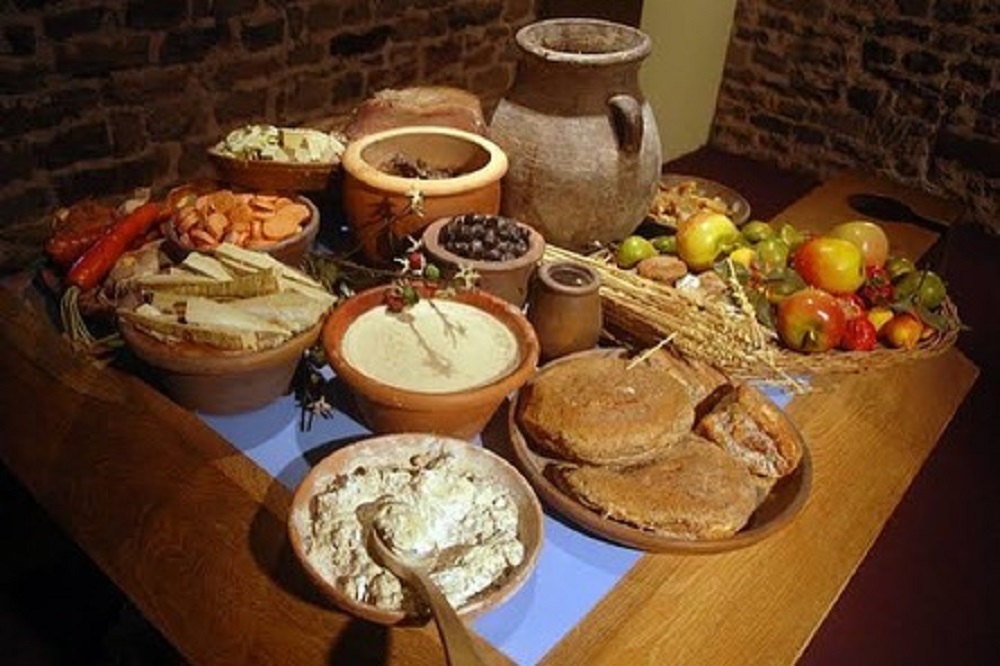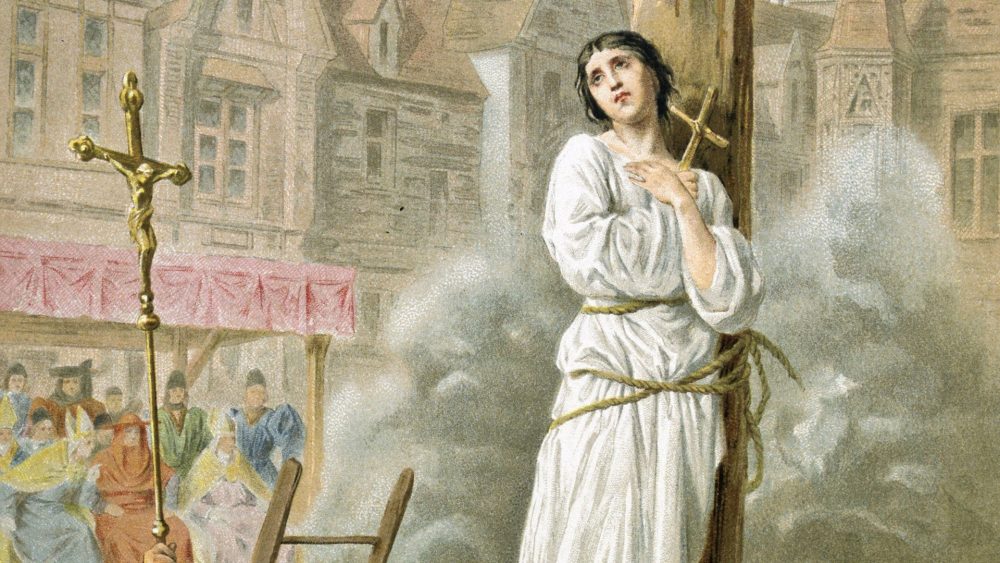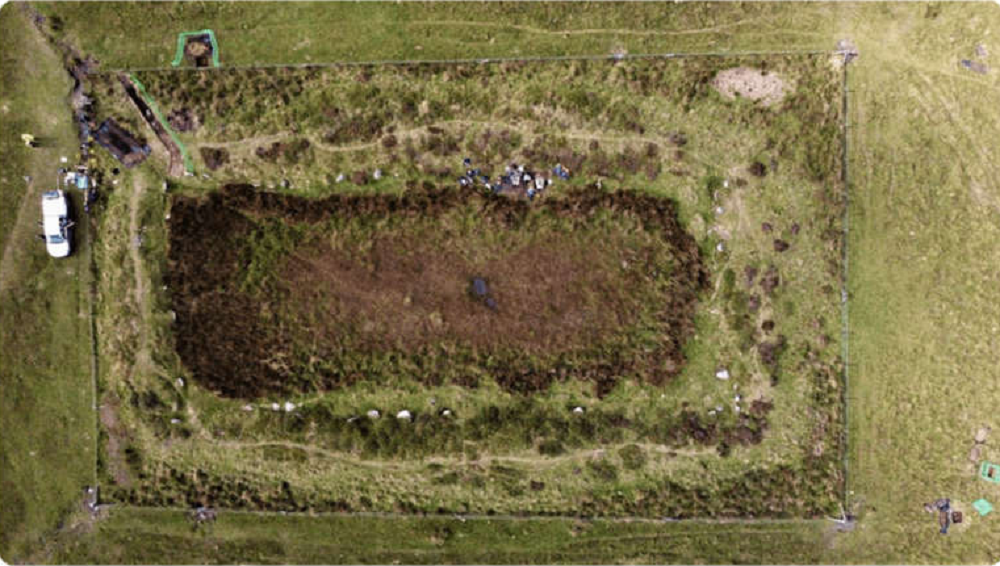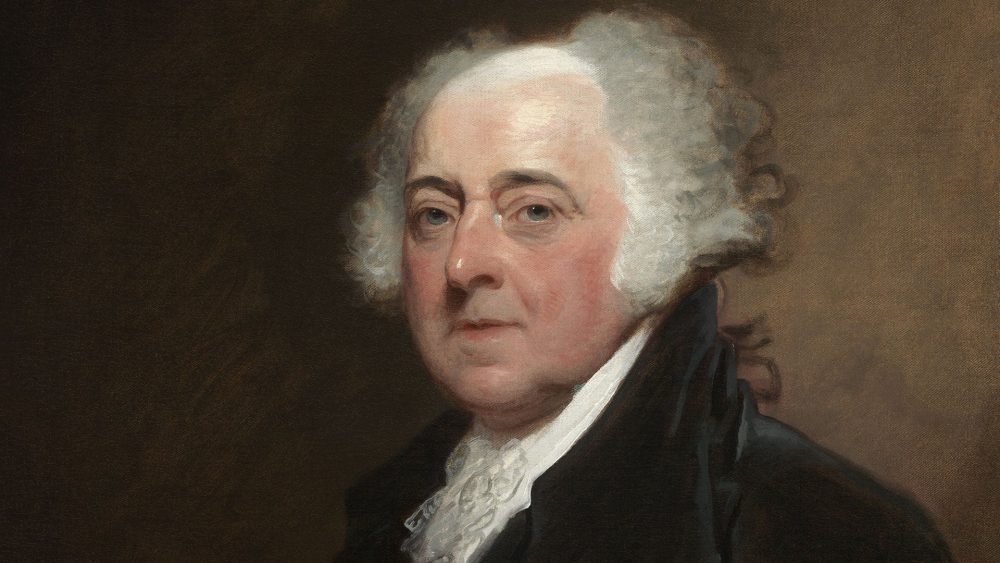Have you ever stood at a historical site and felt the echoes of the past resonate around you? Perhaps it's the whisper of courage or the shadow of a heroic stand that tingles down your spine. This is the sensation many experience at the narrow passage of Thermopylae, a site synonymous with the legendary King Leonidas of Sparta.
His story, interwoven with bravery, strategy, and a fierce commitment to his homeland, continues to inspire awe and respect even today.
King Leonidas: A Life Carved from Legend
King Leonidas, born around 540 BC, is a figure shrouded more in legend than in the detailed annals of history. As the son of King Anaxandrias II of Sparta, he was not just a royal but a descendant of Hercules if the myths were to be believed. His name, meaning "son of a lion" or "like a lion," seemingly predestined him for the courage he is celebrated for. Little is known about his early years; however, by 488 BC, he ascended to the Spartan throne, a position he held until his heroic end in 480 BC.
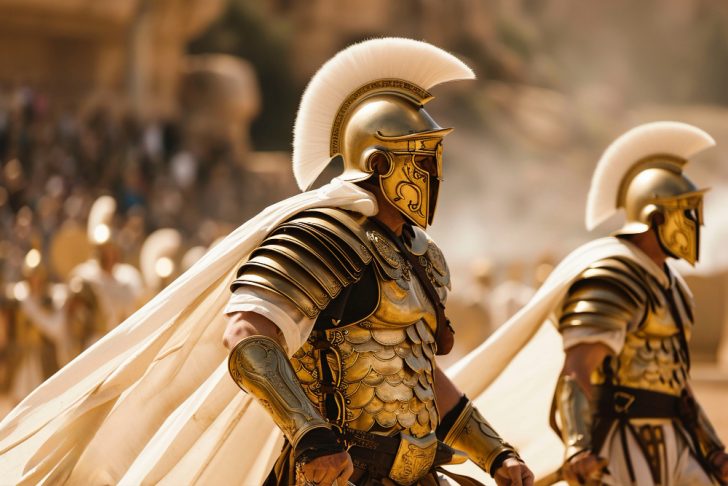
Image by Freepik | Leonidas and his 300 elite Spartans, along with approximately 4,000 other Greek soldiers, were dispatched to the pass of Thermopylae.
Leonidas's life was one of duty and preparation. Married to Gorgo and a father himself, his personal life was intimately tied to the Spartan state, reflecting its values of discipline and resilience. Spartan society, famed for its military prowess, was the perfect forge for a leader like Leonidas, under whose command Sparta would face its greatest challenge.
The Prelude to Battle: Thermopylae Awaits
In the summer of 480 BC, a colossal Persian army under King Xerxes marched towards Greece, intent on subjugating the divided city-states. As the Persian force, numbering around 80,000, advanced, the Greek city-states, often at odds with one another, chose unity against their common enemy. Leonidas and his 300 elite Spartans, along with approximately 4,000 other Greek soldiers, were dispatched to the pass of Thermopylae, a strategic choke point essential for delaying the Persian advance.
The narrow terrain of Thermopylae was ideal for neutralizing the numerical advantage of the Persian army. Here, the Greeks could hold off the more significant force and protect the more populous southern city-states. The stage was set for one of history's most dramatic military stands.

Kyle Climans | MSN | The Battle of Thermopylae began a clash that would epitomize Spartan valor and tactical understanding.
"Come and Get Them!": The Battle of Thermopylae
As Xerxes' army approached, they were met not with submission but with a steadfast defiance epitomized by Leonidas's legendary response to surrender their weapons: "Come and get them!" With these words, the Battle of Thermopylae began a clash that would epitomize Spartan valor and tactical understanding.
For three days, the Greek forces held the narrow pass, inflicting heavy losses on the Persians. The Greeks, leveraging the narrow terrain, managed to negate the overwhelming numbers of their adversaries. However, the battle took a grim turn when a Greek traitor named Ephialtes revealed a hidden path to the Persians, allowing them to flank the Greek forces.
Realizing that their position was compromised, Leonidas made a fateful decision. He ordered the majority of the Greek forces to withdraw while he remained with his 300 Spartans and 700 Thespians, who refused to leave his side. Their sacrifice was aimed not just at holding the Persians but also at securing the retreat of their compatriots.
The Last Stand: A Legacy Cemented
Surrounded and outnumbered, Leonidas and his men fought to their last breath. The Battle of Thermopylae ended in their heroic deaths, but not in vain. Their stand allowed other Greek forces to regroup and eventually repel the Persian invasion. It was a tactical defeat but a moral victory, securing a legacy of bravery that would echo through the ages.
In modern times, a monument at Thermopylae commemorates this epic stand, and the tomb of Leonidas in Sparta serves as a somber reminder of the cost of freedom and the courage of those willing to pay its price. These sites remind us that sometimes, the courage of a few can determine the fate of many, a lesson as relevant today as it was over two millennia ago.


